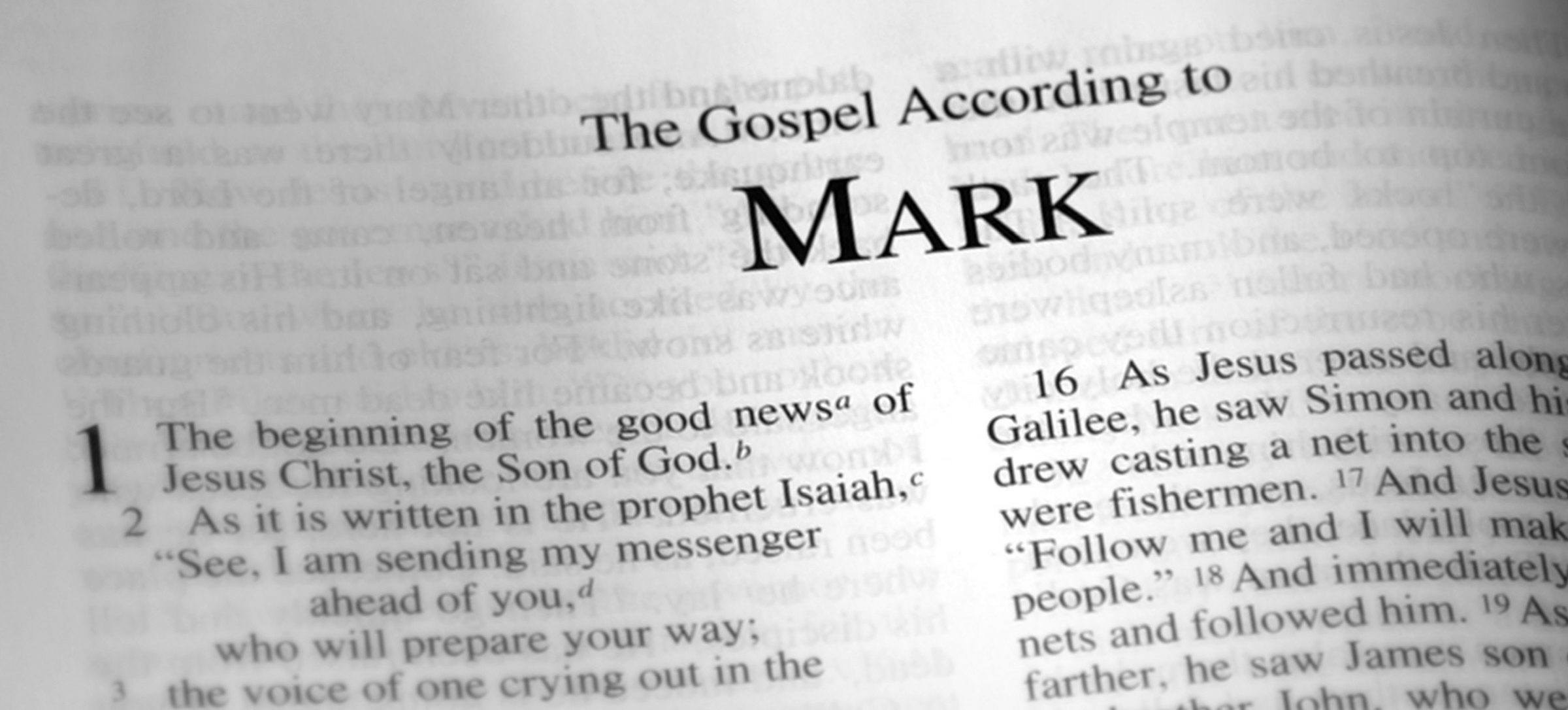
In the book of Revelation seven churches are addressed by Jesus in seven different letters. Each has issues, opportunities, and concerns that Jesus addresses – Specifically, Jesus said to the church at the Roman city of Philadelphia , “I have put before you an open door.” Open doors are put before us many times during our life time. So, the question arises, “Should we go through the door?
How to know when to seize an opportunity and when to walk away?
In the Revelation 3:7 passage, it says “I have set before you and open door.” (emphasis on the I) So if the opportunity is clearly from the Lord, then you need to walk through regardless of the personal cost, perceived loss or expense: Jesus put it there for you to walk through.
But often it is not clear and there may be several opportunities at the same time – How do you know which one to take?
I am assuming that as a Christian you have prayed about it and asked people you respect for their maturity in the Christian faith about it and are still are confused. Then ask yourself the following questions:
Will this decision take away from responsibilities that God has already given you (church life, children, marriage, etc.)? If you have an opportunity to make more money (through a promotion, job relocation, etc.) but it will make it so that you never see your family – then you are sacrificing a previous responsibility for a perceived improvement in the future. Matthew 16:26 “For what will it profit a man if he gains the whole world and forfeits his soul?”
Will this decision help you to do more for the Lord? Will you have an increased influence for the gospel? Will this door help expand what you are already doing? This is what happened at the church in Philadelphia – they had faithfully kept the Word of the Lord and upheld the name of Christ. Then the door was opened for them. If you are doing less for God, but making more money; then this may be a distraction for you and the spread of the gospel slows down – which has more value?
How will this new opportunity help you in making disciples for Christ? Matthew 28:19-20 “Go therefore and make disciples of all nations, baptizing them in the name of the Father and of the Son and of the Holy Spirit, 20 teaching them to observe all that I have commanded you. And behold, I am with you always, to the end of the age.” Discipleship is a time demanding process.
Time has to be invested into people – Will this new opportunity allow you to invest more time into someone’s life or less? When you move from opportunity to opportunity too quickly, then deep meaningful relationships become hard to build. It is not always about making more money, sometimes it is about more time – more time with family, more time with friends, more time to rest, or even more time just to think.
Will this new opportunity allow you take care of yourself? If the new responsibility takes even more of everything and your health declines, your mental alertness is fogged, your creativity is thwarted, then your ability to produce for the kingdom is lessoned.

When you ride on a plane, on every flight there are pre-fight stewardesses’ instructions. They will tell you how to put the seat belt together, that you are sitting on a flotation device, and what to do if the oxygen masks fall from the ceiling. If you are traveling with a child then they will tell you to put the mask on yourself first, and then put the mask on your child. This will keep you from passing out before giving help to your loved one. In ministry you must take care of yourself so that you can serve others.
Will this new opportunity stretch you to grow in what God has called you to do? Beware of being good at something; you will grow bored, complacent, or even bitter in a given task, if it comes to you too easy. New opportunities may present themselves so that you can grow to become even more effective at kingdom work. This may be a class you take, a new responsibility at your church, or saying yes when asked to do a different task no one else wants to take on.
